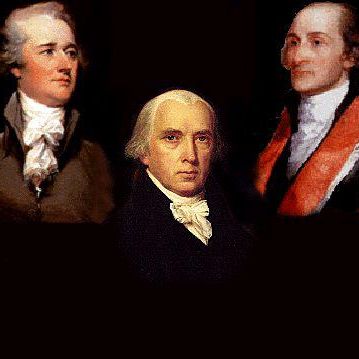



Electric vehicle (EV) sales are rising, but not at the pace anticipated by manufacturers, car dealers, and President Biden, who aims for 50% of car sales to be EVs by 2030 and 100% by 2035.
This ambitious goal faces challenges as companies like Ford slow down production and reassess their strategies, reflecting a market that is hesitant to fully embrace EVs.
Kevin Book of Clearview Energy Partners points out that the current EV market is dominated by early adopters and users less concerned about cost, like Uber drivers.
For the average consumer, however, the higher cost and practicality issues of EVs remain significant barriers.
This sentiment is echoed in a letter from over 3,000 dealerships to the White House, urging a reevaluation of the push for EVs, noting the growing inventory of unsold EVs as evidence of limited consumer demand.
Despite the rise in EV registrations in the U.S., which has grown by nearly 547% since 2017, their market share remains small, under 1% in 2022.
Jim Farley, Ford CEO, acknowledges that EVs like the F-150 Lightning are not suitable for all consumers, emphasizing the need for offering choices.
The automotive industry is also contending with supply issues and increased competition from hybrids.
For example, General Motors has delayed its Chevrolet Silverado and GMC Sierra Electric pickups, and Tesla is postponing production in Mexico.
RELATED: Massive Fail: EV Manufacturer Losing a Stunning $33,000 For Each Truck Sold
The influx of unsold EVs, even with price cuts and government incentives, suggests a disconnect between production and consumer interest.
The Inflation Reduction Act’s $7,500 clean vehicle tax credit is an attempt to bridge this gap, but confusion about the Act and the price disparity between EVs and gas-powered cars remain hurdles.
Senator Joe Manchin criticizes the administration’s aggressive EV push, suggesting that consumer readiness for such a transition is not yet at the necessary level.
Electric vehicles do offer long-term savings in fuel and maintenance, but the upfront cost continues to be a deterrent.
The industry and government are exploring incentives and cheaper models to make EVs more accessible.
However, the current landscape reflects a market still anchored in traditional automotive preferences, highlighting the need for a more gradual and consumer-driven approach to the transition towards electric vehicles.
RELATED: Tesla, GM, Ford Hit the Brakes on Electric Vehicle Production as They Come to Painful Realization




